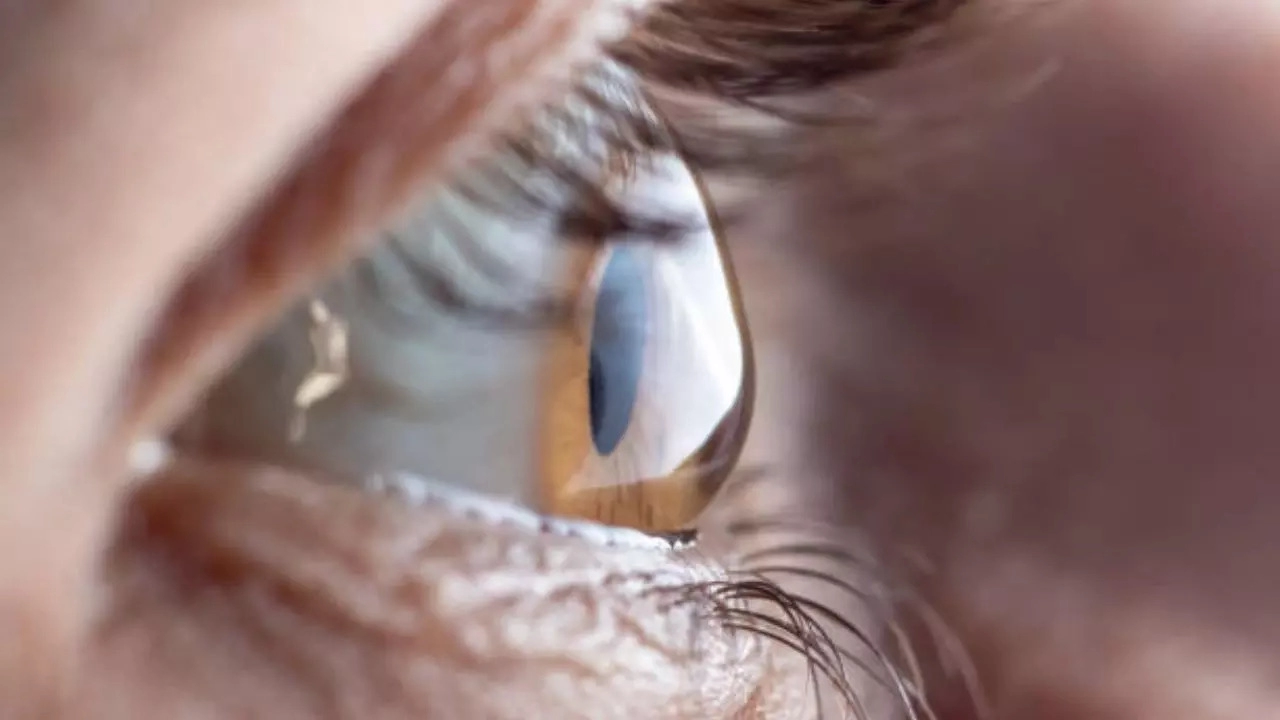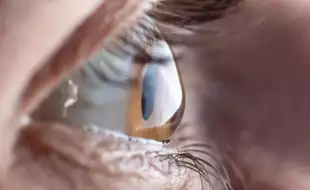
Conventional treatment for LSCD is limited and previous attempts at restoring eyesight have met with lots of challenges including severe side effects
In a remarkable medical first, Japan has performed world’s first stem cell treatment that has treated complete blindness using stem cell therapy. Researchers from Osaka University have successfully restored vision in patients suffering from limbal stem cell therapy or LSCD - a rare eye disease that occurs when the stem cells in the cornea are not able to regenerate and repair the surface.
According to experts, LSCD is characterized by a loss or deficiency of the stem cells in the limbus that are vital for the re-population of the corneal epithelium and to the barrier function of the limbus. LSCD, apart from damaging the eye’s cornea, also leads to persistent pain and vision impairment.
Conventional treatment for LSCD is limited and previous attempts at restoring eyesight have met with lots of challenges, including severe side effects.
Researchers used alternate cells to make corneal transplants
Kohji Nishida, an ophthalmologist at Osaka University, and his colleagues used an alternative source of cells - induced pluripotent stem or iPS cells to make the corneal transplants. They took blood cells from a healthy donor and reprogrammed them into an embryonic-like state, then transformed them into a thin, transparent sheet of cobblestone-shaped corneal epithelial cells.
The scientists enrolled two women and two men – aged between 40 and 70 years with LCSD in both eyes between June 2019 and November 2020. As part of the surgery, the team scraped off the layer of scar tissue covering the damaged cornea in only one eye, then stitched on epithelial sheets derived from a donor and placed a soft protective contact lens on top.
Vision tests were conducted recently
Two years after receiving the transplants, it was reported that none of the recipients had any kind of side effects. Neither did the grafts form any tumours - a known risk of growing iPS cells – nor did they show any signs of being attacked by the recipients’ immune systems. Scientists said two of the patients did not even receive immunosuppressant drugs.
Since the transplants, all four recipients have shown improvements in their vision and a reduction in the area of the cornea affected by LSCD. The improvements persisted in all but one recipient, who showed slight reversals during a one-year observation period.
Researchers say even though it is not clear what exactly caused the vision improvements, it is possible that the transplanted cells themselves proliferated in the recipient’s corneas. But the vision gains could also be due to the removal of scar tissue before the transplant, or the transplant triggering the recipient’s own cells to migrate from other regions of the eye and rejuvenate the cornea.
Nishida says they plan to launch clinical trials in March next year – to assess the treatment’s efficacy. Several other iPS-cell-based trials are also underway globally to treat eye diseases.
Get Latest News Live on Times Now along with Breaking News and Top Headlines from Health and around the world.

